Sheep cheese is a white, brine product, made from sheep milk. It has undergone physicochemical and biochemical changes thanks to rennet and lactic acid organisms. The matured brine cheese has a moderate salinity and distinct acidity. It is widespread in the cuisines of the Balkans.
Composition of Sheep Cheese
Sheep cheese is a high quality product, containing a number of substances. Some of them transfer over from the sheep's milk, while others like the salt are added, yet others form while the cheese matures. Among the main components of the milk are casein, a milk protein. Sheep's cheese is also a source of proteins. According to scientists, the amount of proteins in this type of cheese reaches about 22%.
Sheep cheese also contains fats, giving the product its elasticity, taste and nutritious qualities. In its composition there are also minerals such as phosphorus and calcium. Sheep's cheese also provides us vitamin A, vitamin B1, vitamin B6, vitamin B2, vitamin E and vitamin PP.
History of Sheep Cheese
Sheep's cheese is a food product with an exceptionally long history. There are hypotheses that it was being made as early as 8000 BC, when people first began domesticating sheep. In addition it is thought that initially sheep's cheese was made chiefly in the Near East and Central Asia.
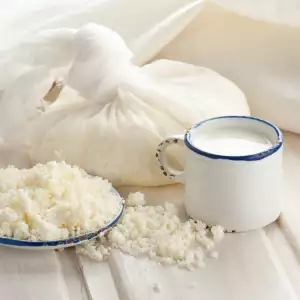
The tribes inhabiting those lands discovered a way of preserving food products in the organs of animals they had killed. When slaughtering still suckling calves, they found that the milk in their stomachs would curdle.
Perhaps it was this that led our more curious ancestors to use the stomach contents of the animals to coagulate the milk. The prototype of today's sheep cheese was likely very sour and salty and was more akin to cottage cheese. Gradually the method spread to the different peoples. New technologies for the production of sheep cheese were also created.
Production of Sheep Cheese
Today, it is remarkably easy to obtain sheep cheese. Even so, we can never be sure when it comes to the quality of the food offered in supermarkets. As such, we can try making the brine product ourselves.
To make about 2 lb (1 kg) of cheese, we need about 9 lb (4 kg) of sheep's milk, 20 drops of yeast for cheese. Heat the milk to 100°F (35°C) and add the yeast to it. Since there are different types of yeast, it is best to follow the directions on the package.
Leave the soured milk in a warm area to thicken. The coagulation will continue for about 90 min. until it reaches a consistency similar to crème caramel. The product should separate from the walls of the container it is in when slightly jostled.
Cut it into pieces and put them in a cheesecloth to drain off the water. Then press well from the top to completely remove the whey. After half a day you will have a cheese that is ready to salt. You can leave it to mature for 40 days in a 10% saline solution.
Choosing and Storing Sheep Cheese
When buying sheep cheese at the supermarket, take a close look at the surface of the product. It needs to be white, not consisting of other colors. Real sheep's cheese, when it is well aged, has a solid appearance. It can also be slightly crumbled. Sheep's cheese is distinguished by a specific pleasant aroma. Its shelf life can be quite long-lasting as long as it is stored under the right conditions.

White brined cheese should be placed in a container with water with a pinch of salt. Then this container needs to be kept in a refrigerator at about a 40°F (5°C) temperature. In such conditions, it can be stored up to 10 months. If the temperature is around 50°F (10°C), it will last no longer than 3 months. Sheep cheese is not a product suitable for storage in a freezer since excessively low temperatures make it very crumbly and ruin its taste.
Cooking with Sheep Cheese
Sheep cheese is an indispensable ingredient of Balkan cuisine. It can be served on its own, sprinkled with spices such as black pepper, paprika, fenugreek and basil or paired with different foods. It combines well with vegetables such as peppers, cucumbers, tomatoes, lettuce, spinach, cabbage and others. As such, it will always have a spot in appetizing culinary creations such as Shopi salad, tomato salad, cheese with peppers and onions.
It can be heat treated and breaded. Sheep cheese can be added to different omelettes also. It is one of the most important ingredients of certain pitas, breads, pirozhki, phyllo pastries, mekitsi. Small amounts of it can be used in soups, macaroni, pastas, pizzas, risotto and more.
Benefits of Sheep Cheese
Sheep cheese should be consumed for a number of reasons. Its abundant composition fortifies the body in general, providing it with vitamins and micronutrients. It has been proven that consumption of this dairy product strengthens the bones, speeds up metabolism and stimulates stomach acid secretion.
According to experts, this cheese is among the products that needs to be present in the diets of people suffering from chronic gastritis. Another benefit to sheep's cheese is that it helps prevent osteoporosis and rickets.
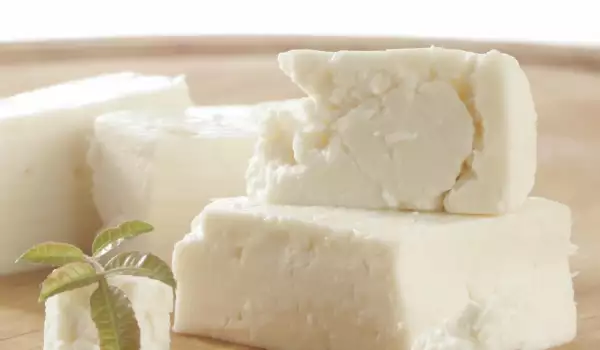
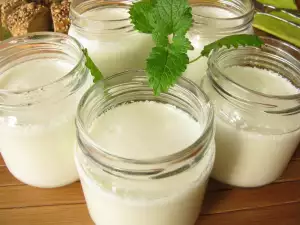
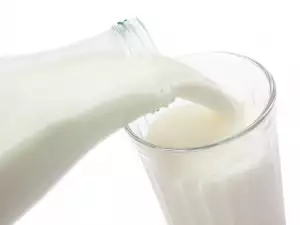





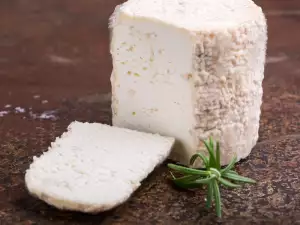
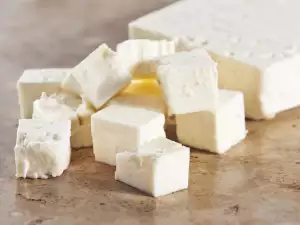


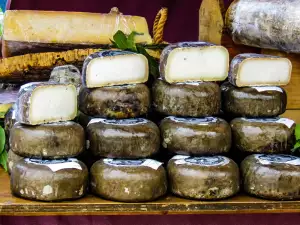






Comments